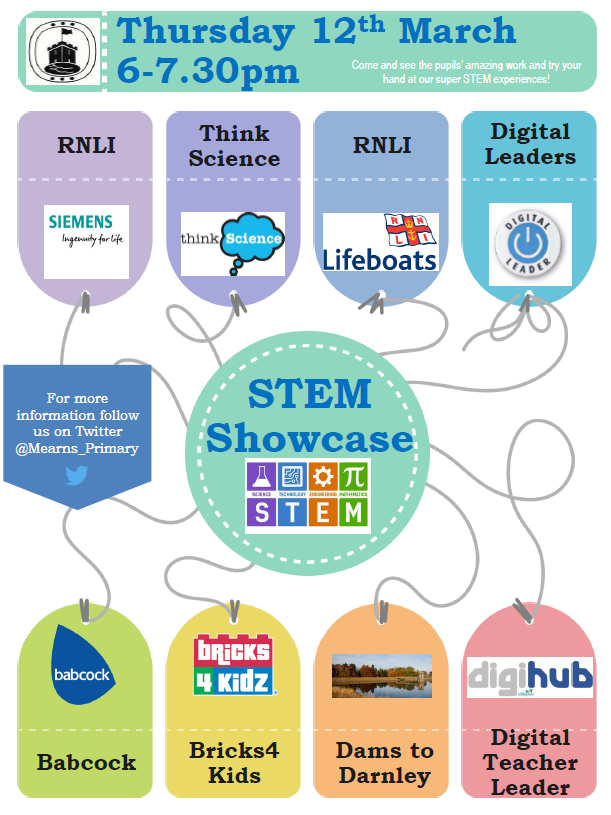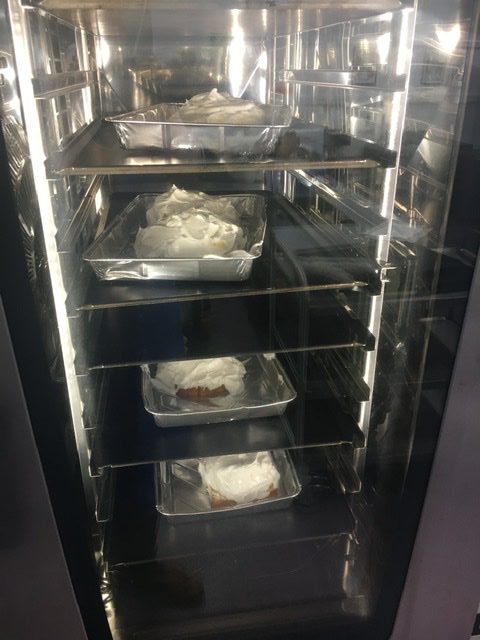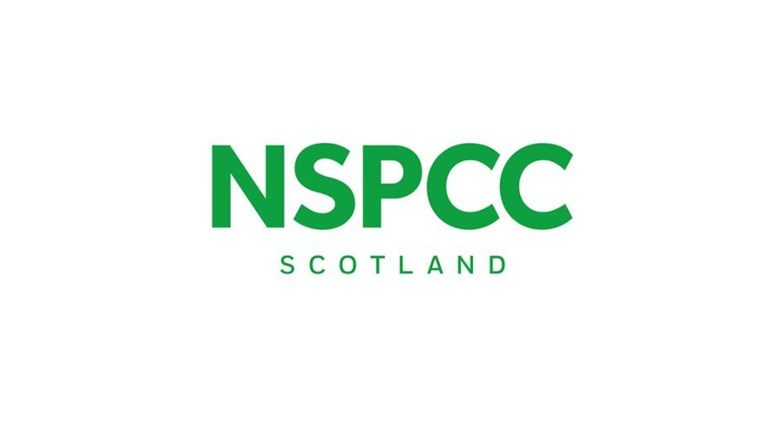
Please come along to our STEM Showcase on Thursday 12th March 2020.

Please come along to our STEM Showcase on Thursday 12th March 2020.

After plotting our results from the insulation experiment on a chart, we couldn’t easily decide which material was the best insulator.

As a class we thought it would be better to plot the temperature drop of the water from the start to the end of the experiment.

After sorting our results, we can now see that the material that resulted in the least amount of temperature drop is cotton wool. This means that cotton wool was the best insulator and aluminium foil is the worst insulator.
Initially, we thought aluminium foil would be the best, but because metal is such a good conductor of heat eg. warms up quickly when in contact with heat, it does not keep the water warm. The aluminium foil quickly heats up using the temperature of the water, cooling it down rapidly.
However, cotton wool is full of spaces and gaps that are full of air which is not a good conductor of heat. Therefore, the air does not heat up easily and the heat cannot transfer from the hot water keeping it hotter for longer.
Why doesn’t ice cream melt in a very hot oven?

This week in our Science club we were looking at why we can put ice cream in the oven without it melting. To prove this we made some baked Alaska.

First we made some meringue by whisking up egg white at high speed until they formed stiff peaks. We then place a few scoops of ice cream on top of a slice of cake and completely covered the ice cream.

We then baked it at 220oC (very hot) for 10 minutes. Normally ice cream would melt completely at these sort off temperatures, but when we served it the meringue was hot and the ice cream was still very cold. How is this possible?

When we whisked the egg whites we trapped millions of air bubbles in the mixture. Air is not a good conductor of heat and therefore the meringue mixture acts as an insulator protecting the ice cream from the heat of the oven. This is why fabrics that trap air keep us warm and why igloos provide people with shelter in polar regions.

As well as being a great insulator, meringue tastes great with cake and ice cream.

This morning we attended a P4-7 assembly and had a visit from NSPCC Scotland to tell us about keeping ourselves and our bodies safe. Tomorrow, they will be returning to our classroom for a follow up visit.

In class, we started to analyse our result from yesterday’s insulation experiment and used Google Sheet to create tables and charts.



This morning we had a visit from the Dog Trust who told us about the needs of dogs and the time, money and consideration needed to invite a dog into our homes.

Following this, we had a visit from Chris from Rolls Royce who told us about his work in the lab analysing the materials to insure there are no defects in the machine parts.

This afternoon, we conducted an scientific investigation into which material would be best suited or have the best insulation properties to used for polar exploration kit.

Each group of four children selected a different material to cover or insulate a hot drinks cup.

The selection included: aluminium foil, bubble wrap, card, cotton wool, cardboard, felt and cotton fabric.

In order to conduct a ‘fair test’ we kept everything the same, filling each cup with exactly 100 ml of hot water.

We then measure the temperature of the water at the start of the experiment and placed the cup outside.

We then measured the temperature again after 15 and 30 minutes.

We also included a control sample to find out the temperature drop without any insulation.

Later this week we will analyse our results and use them to finally determine the best insulator.
STEM fortnight continued today with an exciting show from the Glasgow Science Centre. The show was called Future Fuels and gave whistle stop tour of alternative fuels from wind and solar to hydrogen powered vehicles.

There were lots of exciting hands on demonstrations including solar car races and generating hydrogen to fuel a rocket.



This was followed up by a visit from Tia the ethical hackers who explained all about her job as a legal hacker to improve cyber security.

Finally, in class we continued with our topic, Our Frozen Worlds, by looking at how animals have evolved adaptations to survive their harsh environment. We designed our own species using the adaptations of existing animals.



Today was the first day of our STEM Fortnight and we kicked it off in P623 with a visit from biologists from the University of Strathclyde.

They spoke to us about their research work into finding new bacteria from the seas and coastal areas, to discover new antibiotics as the ones we have discovered from the land are becoming ineffective.

They showed us how they grew bacteria in a Petri dish using agar jelly to feed and support the bacteria colonies, and we also had the chance to create our own samples.




In the afternoon, STEM fortnight was official launched with a whole school assembly with guest speaker Dr Peter Hughes OBE. He spoke to us about the importance of engineering and its application in our everyday lives.
Glow Blogs uses cookies to enhance your experience on our service. By using this service or closing this message you consent to our use of those cookies. Please read our Cookie Policy.